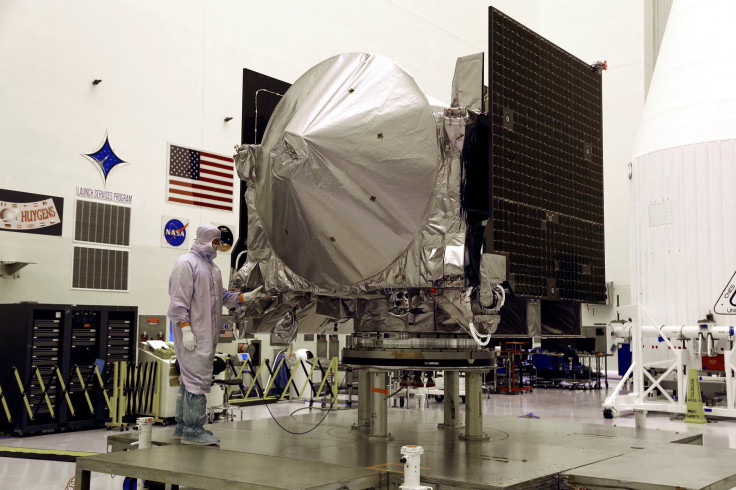Space Mining 2016: NASA OSIRIS-REx Spacecraft Updates Mission To Look For Trojan Asteroid

On its way to the asteroid Bennu, NASA’s OSIRIS-Rex spacecraft is getting another task from scientists back on Earth. It’s been asked to keep an eye out for Trojan asteroids close to the home planet.
The ship will take advantage of the two-year trip for the added mission on its way to becoming the first to ship return asteroid samples to Earth, NASA announced Monday in a press release. The spacecraft has an onboard camera suite that will be activated in order to search for the Trojan asteroids, which tend to be elusive.
"The Earth-Trojan asteroid search provides a substantial advantage to the OSIRIS-REx mission," Dante Lauretta, principal investigator on the project and professor of Planetary Science and Cosmochemistry at the University of Arizona's Lunar and Planetary Laboratory, said in a press release. “Not only do we have the opportunity to discover new members of an asteroid class, but more importantly, we are practicing critical mission operations in advance of our arrival at Bennu, which ultimately reduces mission risk.”
The main mission of the trip to the asteroid Bennu hopes to help scientists to better understand how the solar system was formed more than 4.5 billion years ago. They hope to find molecular precursors to the origin of life and Earth’s oceans.
Getting to an asteroid could provide other benefits, as well. There are several companies including Deep Space Industries and Planetary Resources that hope to eventually mine asteroids for a variety of commodities and resources. Those companies have the backing of billionaire investors who are betting on selling those resources for huge profits back on Earth.
The OSIRIS-Rex mission was launched in September and isn’t supposed to reach Bennu until August 2018. It is scheduled to start its return mission in March 2021 and wouldn’t make it back until September 2023.
© Copyright IBTimes 2025. All rights reserved.






















